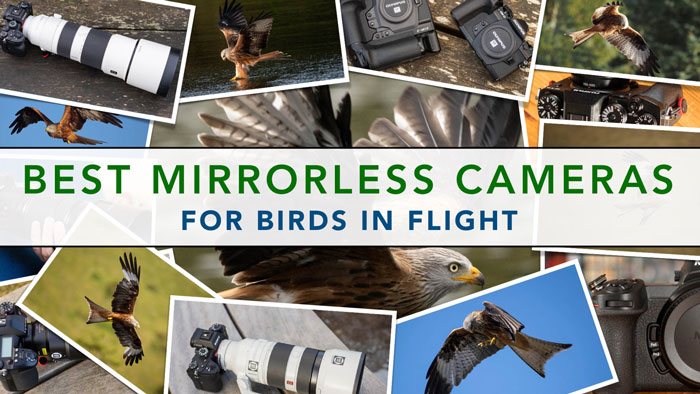Pro Member
- Joined
- Mar 29, 2023
- Posts
- 14
- Likes Received
- 18
- Points
- 0
- Name
- Steve Hamlin
- City/State
- Huntington MA
- CC Welcome
- Yes
I have a nearly new R7 that I'm using with mostly older EF L-series lenses. I've been out with it twice photographing birds and haven't gotten a single usable image - a far cry from the tack-sharp images I expected after reading reviews and watching Youtube videos. The eye detect locks onto my subject and tracks it, giving the appearance that the focus is working exactly as it should, but on download, every image is soft. I ran rhe best of them through DxO PureRaw 3 and it was still very soft, so I ran that image through Topaz Sharp AI. It was still way too soft to be usable.
I have the current firmware and I have a bit of experience with Canon cameras and bird photography in the field - I've been using Canon gear to shoot wildlife since 2004. I called Canon service and spoke at length with a rep there who recommended I send it to the service center. Since I bought the camera used, I expected it would cost me at least a couple hundred dollars for the service. When I filled out the online form, I was pleasantly surprised that the estimate was $0. A couple of nights ago, I was reading reviews of the camera on the B&H website. Among them, I stumbled on a review from a buyer who described precisely the same problem. He sent his to the service center where it was repaired for free too. It fixed the problem for him. I just shipped my camera out yesterday. His experience gives me hope that my camera will return without a surprise bill and capable of delivering the sharp photos I expected.
From my conversation with Canon support, combined with the $0 estimate and the review on B&H, I get the impression my experience isn't unique. I don't think it's a widespread problem, but I wouldn't be surprised if it's more common than the few isolated cases I've been able to find evidence of, since Canon seems to be aware of it and to have a remedy worked out. According to the B&H review, the repair invoice was vague, stating "Your product has been examined and Electrical adjustments were performed." Whatever they did, it fixed the problem for him. I hope to have the same result.
I have the current firmware and I have a bit of experience with Canon cameras and bird photography in the field - I've been using Canon gear to shoot wildlife since 2004. I called Canon service and spoke at length with a rep there who recommended I send it to the service center. Since I bought the camera used, I expected it would cost me at least a couple hundred dollars for the service. When I filled out the online form, I was pleasantly surprised that the estimate was $0. A couple of nights ago, I was reading reviews of the camera on the B&H website. Among them, I stumbled on a review from a buyer who described precisely the same problem. He sent his to the service center where it was repaired for free too. It fixed the problem for him. I just shipped my camera out yesterday. His experience gives me hope that my camera will return without a surprise bill and capable of delivering the sharp photos I expected.
From my conversation with Canon support, combined with the $0 estimate and the review on B&H, I get the impression my experience isn't unique. I don't think it's a widespread problem, but I wouldn't be surprised if it's more common than the few isolated cases I've been able to find evidence of, since Canon seems to be aware of it and to have a remedy worked out. According to the B&H review, the repair invoice was vague, stating "Your product has been examined and Electrical adjustments were performed." Whatever they did, it fixed the problem for him. I hope to have the same result.

